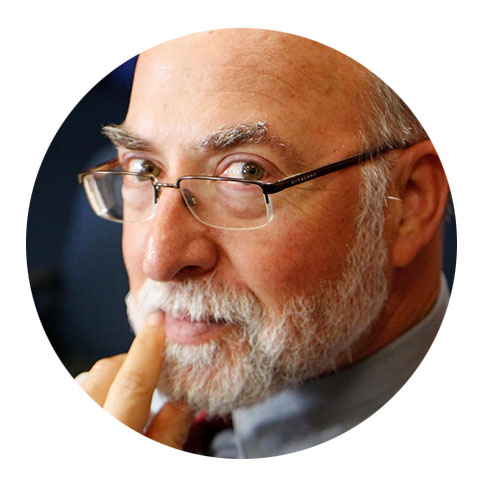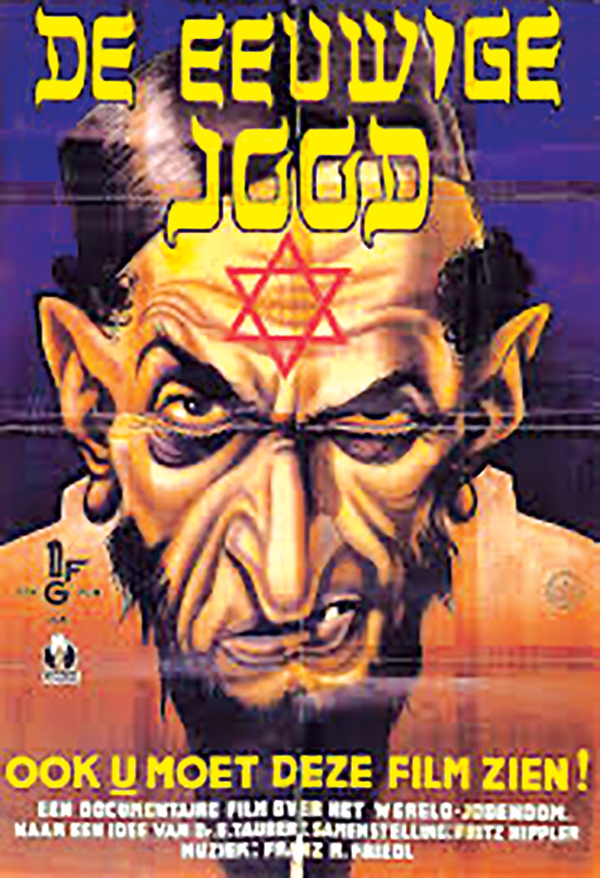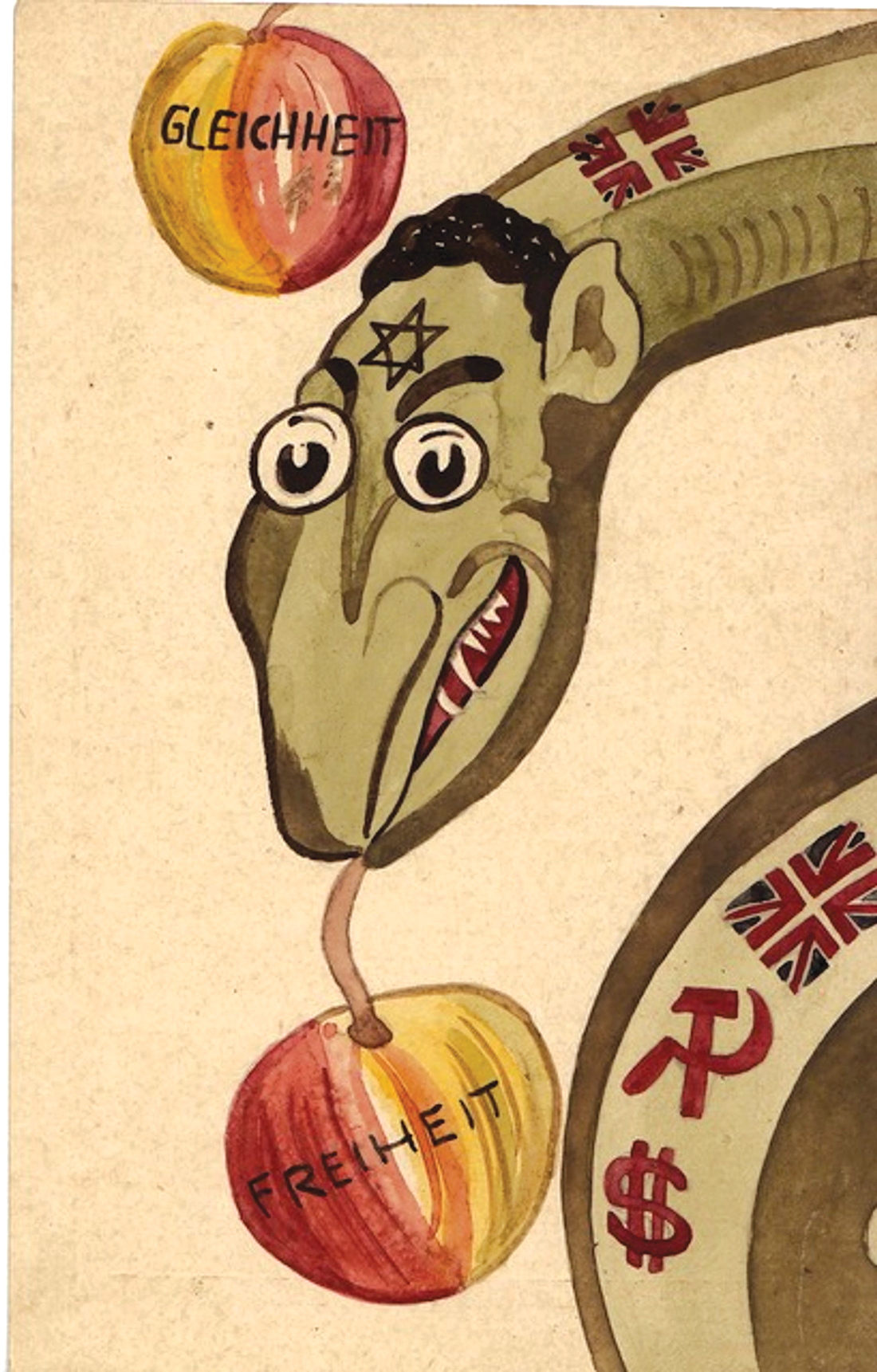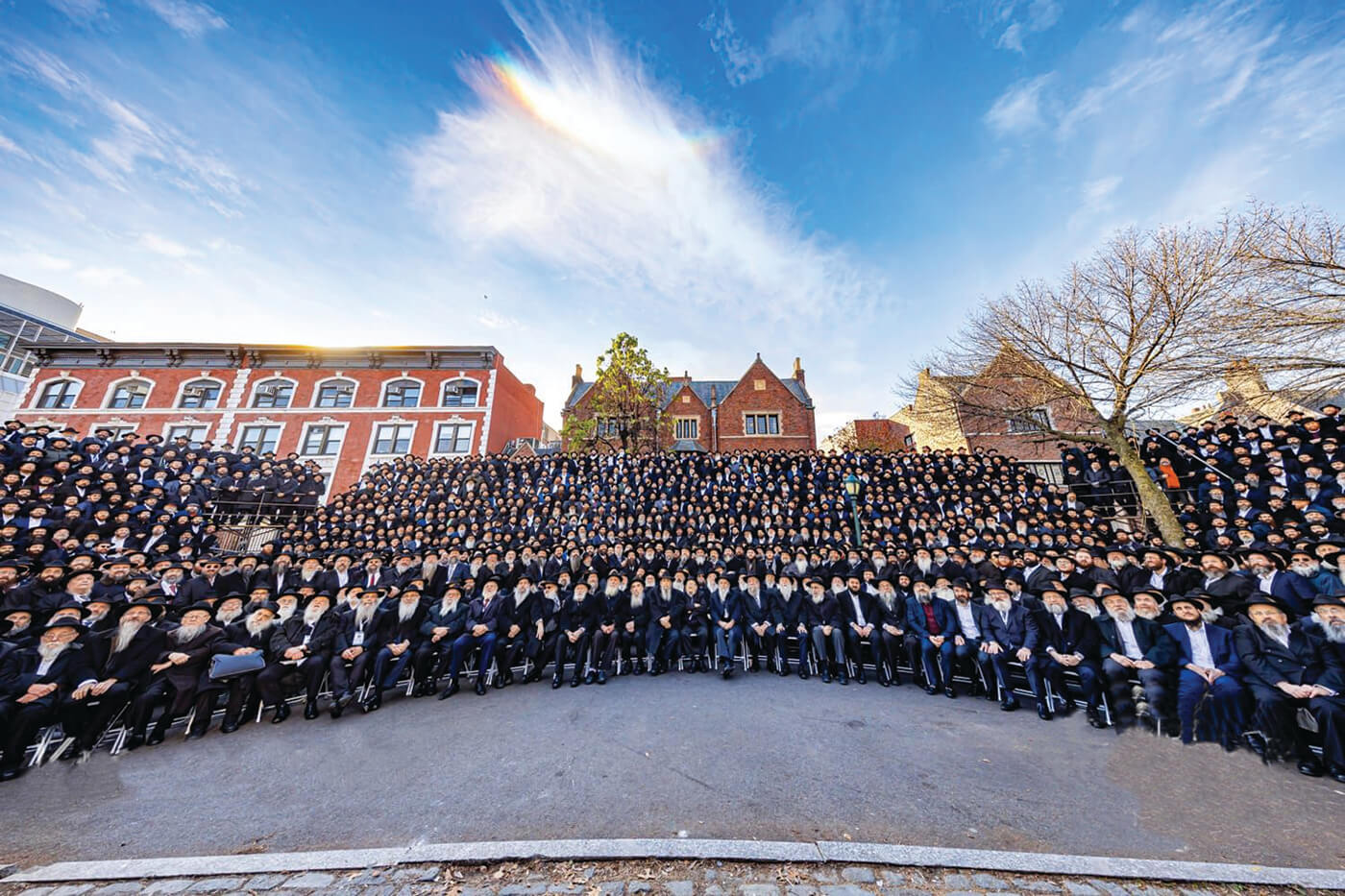The Longest HatredWe need to talk
about Jew-hating.
I know the preferred euphemism is “anti-Semitism,” but my father, who grew up in Texas during the Depression as the son of Lithuanian immigrants—and who was mocked and bullied for his heavy Yiddish accent as a small child—was never one to mince words. It was “Jew-hating,” plain and simple, and it scarred him for life.
Dad’s uncle Benjamin (for whom my nephew is named), his father Max’s twin brother, had been murdered in a pogrom in 1917. In 1921, just ahead of restrictive new immigration quotas aimed at Eastern European Jews, my great-grandmother Raytzel followed the rest of her children and emigrated to the U.S. through Ellis Island with Max, my grandfather, to join her daughter’s family in El Paso. Four years later, Max married Bessie, whose family had emigrated to El Paso a decade earlier; my dad Samuel, named for a different paternal uncle, was born the following year in 1926. |
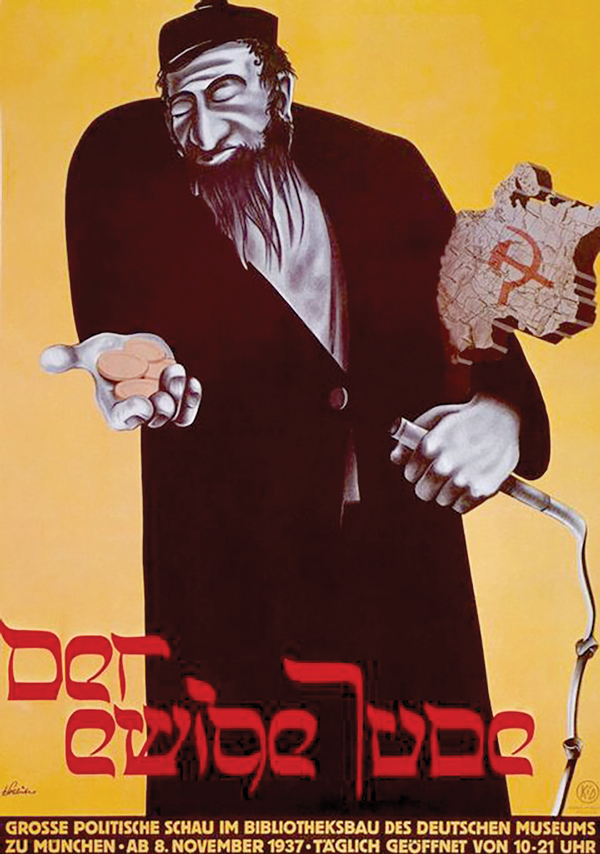 A selection of anti-Semitic Nazi propaganda images and movie posters from 1937-40, including depictions of “The Eternal Jew,” a mythical character invented in the 13th century who purportedly mocked Jesus on the way to his crucifixion and was consequently condemned by God to wander the earth until the Second Coming; also shown is a wartime editorial cartoon by Theodore Geisel (better known as the children’s author Dr. Seuss), calling out anti-Semitic Nazi propaganda and those who purvey it, including the pro-Nazi isolationist, German-American aviator Charles Lindbergh. Though Dad’s family managed to do OK financially with the little country store his father Max and brother-in-law Moe successfully ran in La Mesa, New Mexico, Dad came of age during the Depression, which was a really bad time for Jews. Anti-Semitism was peaking during that interwar period; the wildly successful automobile mogul Henry Ford was also America’s leading anti-Semite, publishing a series of attacks on Jews in his Michigan newspaper, The Dearborn Independent, which were collected and published in four volumes as “The International Jew: The World’s Foremost Problem.” It sold several hundred thousand copies and greatly impressed and influenced Hitler and his top leadership, who in 1933 took power in a ruined, humiliated, and resentful Germany.
The Nazi program started with violent assaults on individual Jews, became codified in the exclusionary 1935 Nuremberg Laws, erupted on Kristallnacht in 1938 with wholesale attacks and burning of Jewish homes and businesses, and culminated at the end of 1941 with the formal adoption of The Final Solution, a ruthlessly efficient program of industrial-scale mass murder that produced the Holocaust, wiping out two-thirds of Europe’s Jewish population.  | 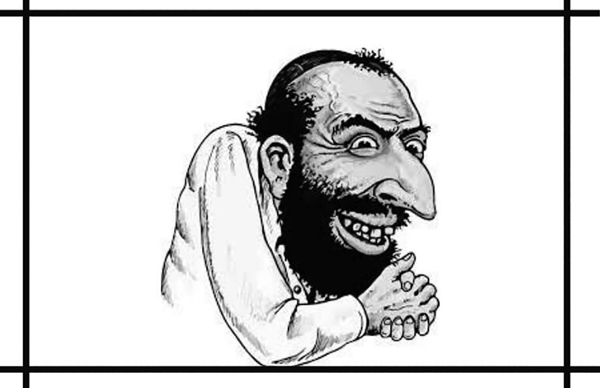 Here at home, during the 1930s the Jewish-owned New York Times and the Jewish-dominated Hollywood film industry studiously avoided any serious or extensive coverage or treatment of Jewish persecution in Europe, consistently ignoring or downplaying the extent of the Nazi program, a shameful episode detailed in Holocaust scholar Deborah Lipstadt’s 1986 book, “Beyond Belief.” Neither the Times nor Hollywood wanted to be seen by the gentile world as being too “Jewy,” and besides, there was that European and German movie market to worry about…
But it wasn’t only Henry Ford that raised anxiety for American Jews. Father Charles Coughlin, the “radio priest” who preached over the airwaves from his Shrine of the Little Flower Catholic church in Royal Oak, Michigan, became the first American mass-media demagogue. Espousing at the outset of the 1930s an FDR-style economic populism, by the middle of the decade he mounted venomous and obsessive attacks on Jews week after week, including in his magazine “Social Justice” a series of reprints of “The Protocols of the Elders of Zion,” the notorious Czarist Russian forgery that purported to reveal a plot by a secret cabal of rabbis to take over the world.
At his peak, an estimated 30 million Americans, a quarter of the entire population, tuned in to Coughlin’s sermons. But after his justification of Germany’s Kristallnacht in 1938 and Hitler’s invasion of Poland in 1939, his explicit embrace of fascism finally became too much both for American radio networks and even his own church, and his archbishop ordered him off the air and shortly after also shut down his magazine. Coughlin continued preaching from the pulpit for many decades after and died in 1979 at the age of 88, totally unrepentant.
As if that weren’t enough, Charles Lindbergh, an American aviation hero for having successfully completed the first solo transatlantic crossing in 1927, emerged as an outspoken isolationist and apologist for Hitler’s regime. In early 1941, Lindbergh joined the “America First” organization formed the previous September (and if that name sounds familiar, it should) and became the most prominent spokesman for keeping the U.S. out of World War II and abandoning Europe to fascism.  | 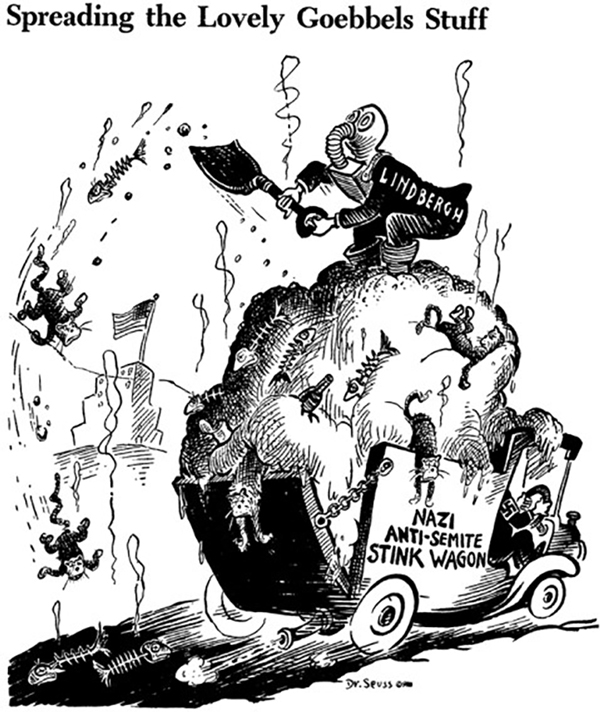 Again, anti-Semitism was at the heart of its message: Lindbergh declared at a 1941 rally in Des Moines, Iowa, “The three most important groups who have been pressing this country toward war are the British, the Jewish [sic] and the Roosevelt Administration.” It took the bombing of Pearl Harbor to quickly put an end to the movement when Hitler declared war on the United States only four days later, forming the Axis with imperial Japan and fascist Italy.
Growing up in California in the 1950s and 1960s, even on the more gentile Central Coast and eastern suburbs of Los Angeles, all this dark and terrible history seemed very remote, the stuff of grainy black-and-white newsreels from another time and another country. So my brother and I were annoyed and uncomprehending when Dad resisted putting a traditional mezuzah at our front door because, “We don’t need to advertise that we’re Jewish.” I realized only later that it wasn’t that he was ashamed—after 40 years, he was still afraid.  | 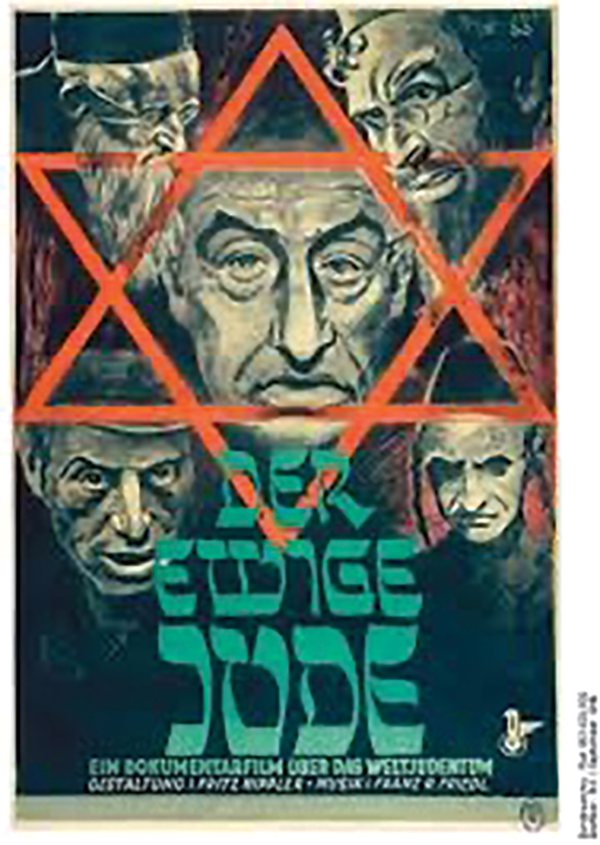 When I was 25, working in radio journalism, I met my first professional Jew-hater, a Northern Irishman named David McCalden who ran, under the pseudonym Lewis Brandon, a Torrance-based fake scholarly front group promoting the idea that the Holocaust was nothing more than a Jewish hoax to fleece guilty gentiles and garner undeserved sympathy for Israel. I wrote editorials denouncing his group, and he came in and delivered rebuttals. One day, he brought fellow denialist Bradley Smith to the studio with him, and we all went out to lunch afterward to continue a weirdly civil dialogue about their thoroughly insane and pernicious claims. I remember thinking at that time, “I’m sitting here like it’s a nice, normal meal, but these guys hate my guts, and under other circumstances, given the opportunity they might actually try to kill me.” McCalden died of AIDS in 1990 at the age of 39, but Smith died in 2016 on his 86th birthday, aggressively promoting his Holocaust denialism to the very end.
Fast-forward to 2023, and as American Jews are sitting in synagogues across the country to celebrate Rosh Hashanah and begin the High Holy Days, former president Donald Trump posts on his Truth Social account this ominous message: “Just a quick reminder for liberal Jews who voted to destroy America & Israel because you believed false narratives! Let’s hope you learned from your mistake & make better choices moving forward! Happy New Year!”
 | 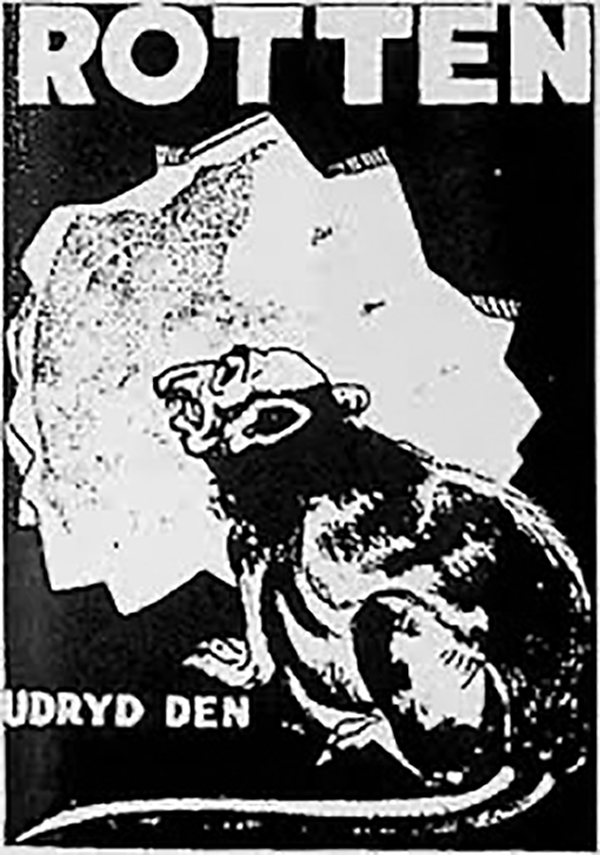 And now, as college campuses across the country are aflame with clashing protests between Israeli and Palestinian supporters, Trump recently poured more gasoline on the fire: “In honor of our great Veterans on Veteran’s Day, we pledge to you that we will root out the Communists, Marxists, Fascists, and Radical Left Thugs that live like vermin within the confines of our Country, lie, steal, and cheat on Elections, and will do anything possible, whether legally or illegally, to destroy America, and the American Dream. The threat from outside forces is far less sinister, dangerous, and grave, than the threat from within.“ (sic)
You have to page through “Mein Kampf” or watch Nazi propaganda films like “The Eternal Jew” to find comparable rhetoric.
Predictably, today’s Jew-haters “explain” and “contextualize” such attacks by appropriating terms like “genocide,” “ethnic cleansing,” and “collective punishment” to mischaracterize Israeli efforts to defeat the Hamas military organization (hiding behind and underneath Gazan civilians) that launched its murderous surprise attack on October 7.  | But before that it was the West Bank occupation. And before that, the “Nakba,” the displacement of Palestinians who refused to cede territory the UN awarded to Israel in its effort to establish two separate states. And earlier still, even before the modern Zionist movement, they blamed economic problems and political instability on “international (allegedly Jewish) bankers,” or Jewish Communists, or Jews purportedly poisoning wells in medieval Europe to infect Christians with the Black Plague, or mocking communion wafers and committing ritual sacrifice of Christian children, or killing Jesus, or…
The grim cycle never seems to end, and this is certainly the lowest point in my lifetime. As one Israeli woman, the daughter of two Holocaust survivors, recently put it in an interview, she was relieved her parents were no longer alive—because if they were, it would have killed them to be witnessing this. | | | | | | | | | |
|
|
|
|
|
|
|
 |
|
|
|
| | |
|
|




